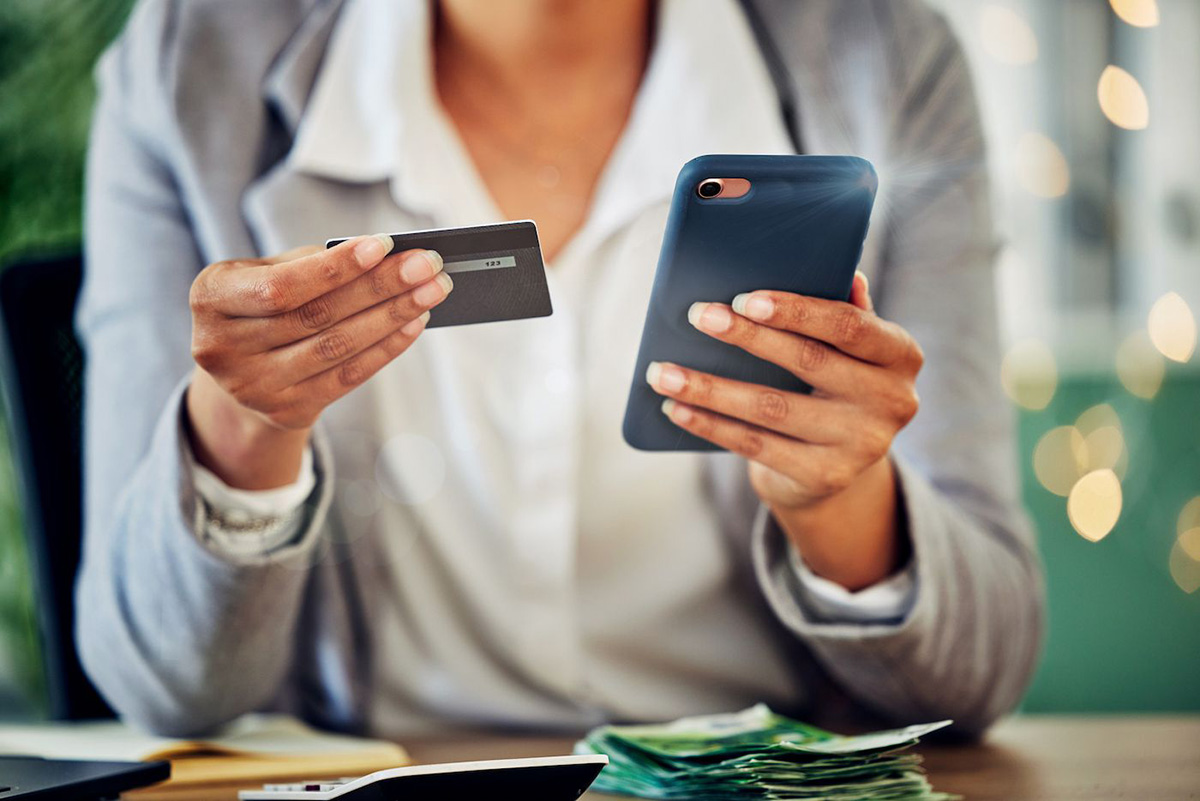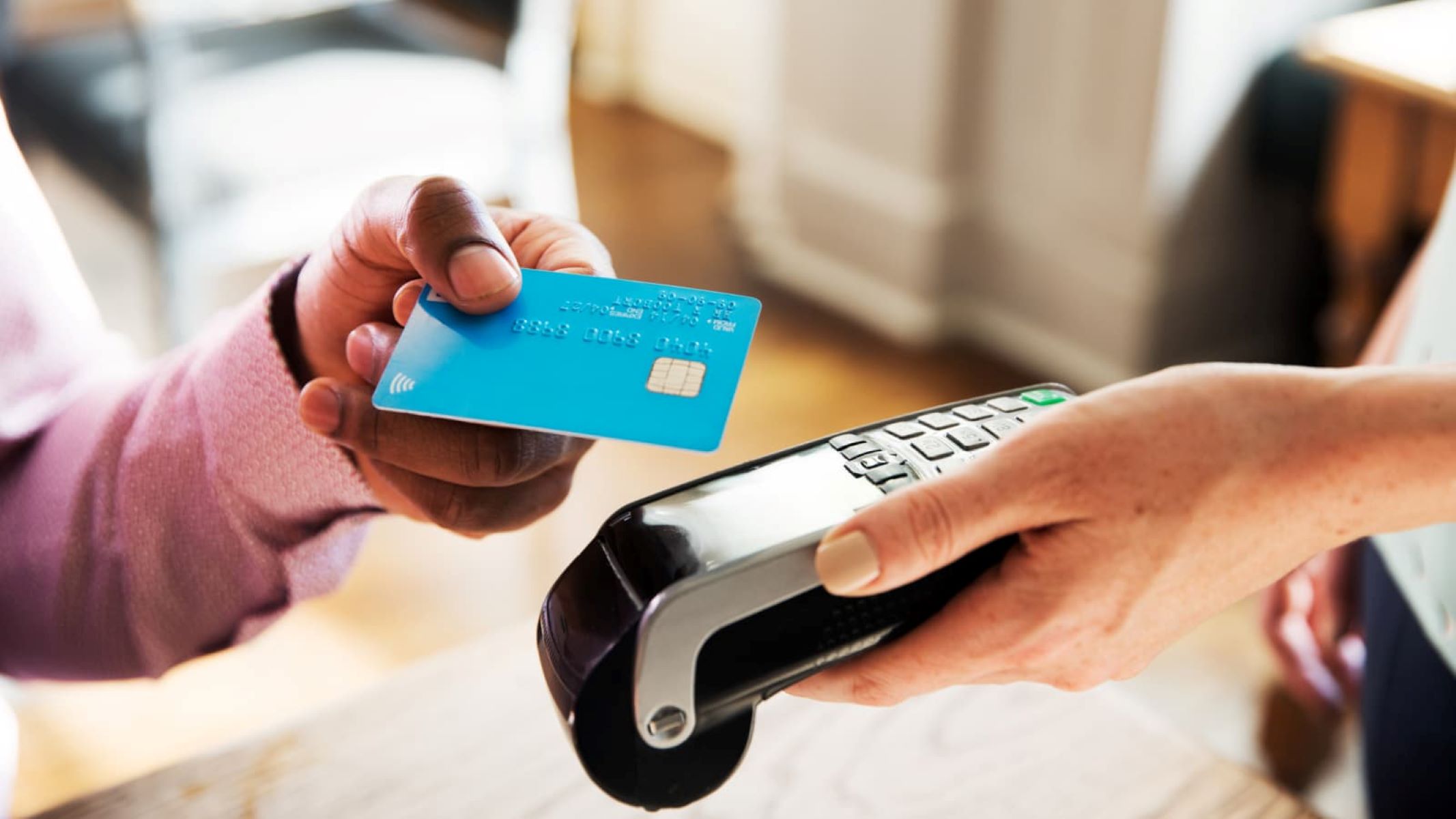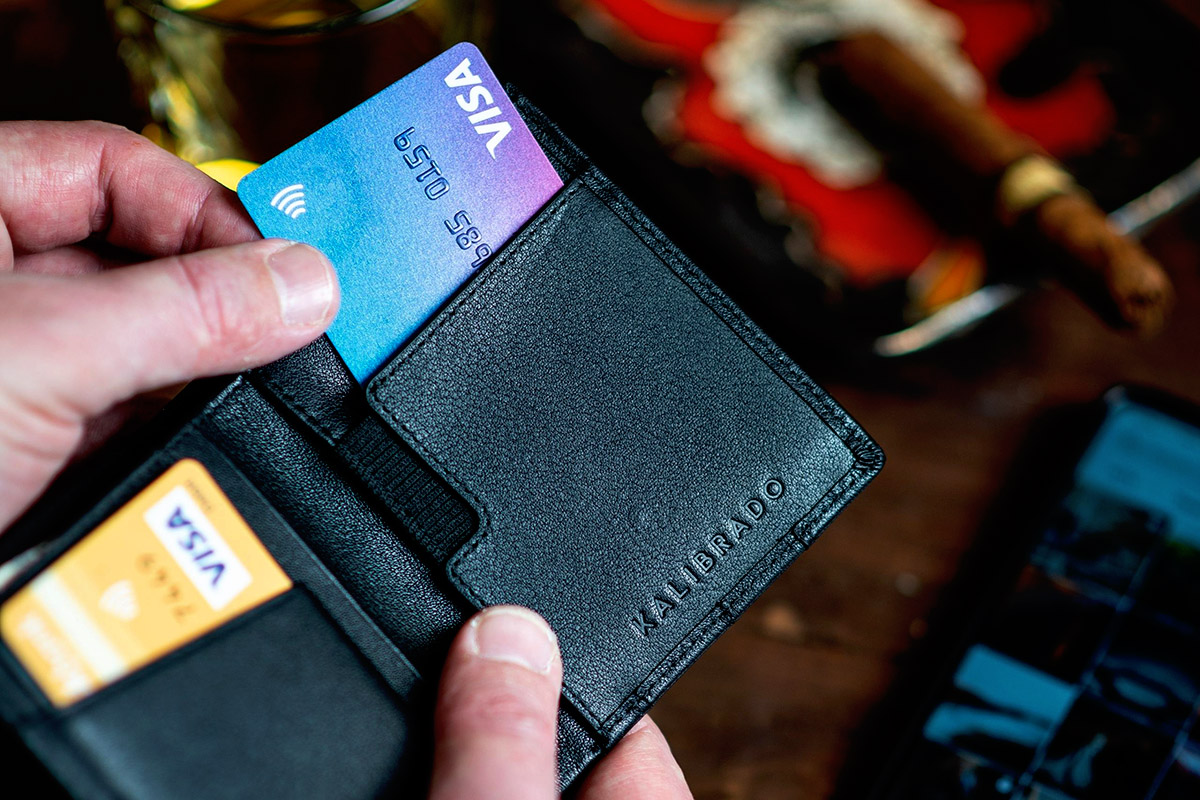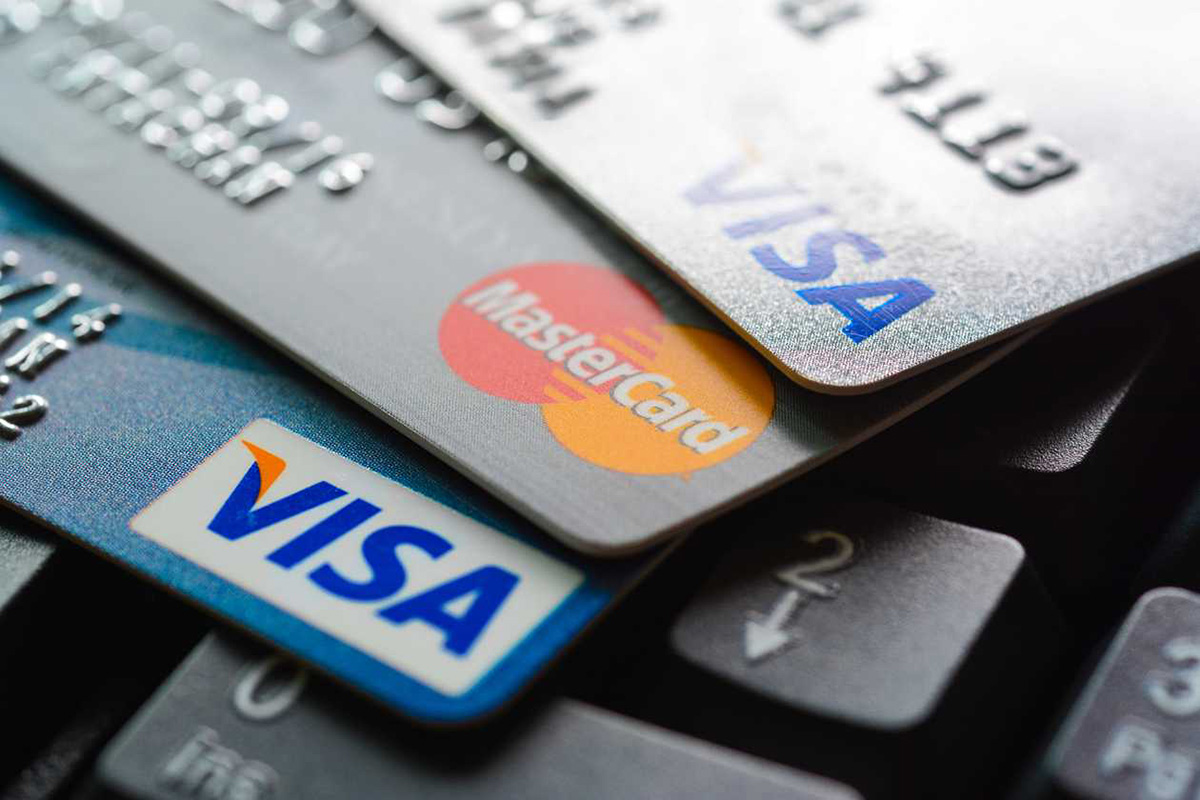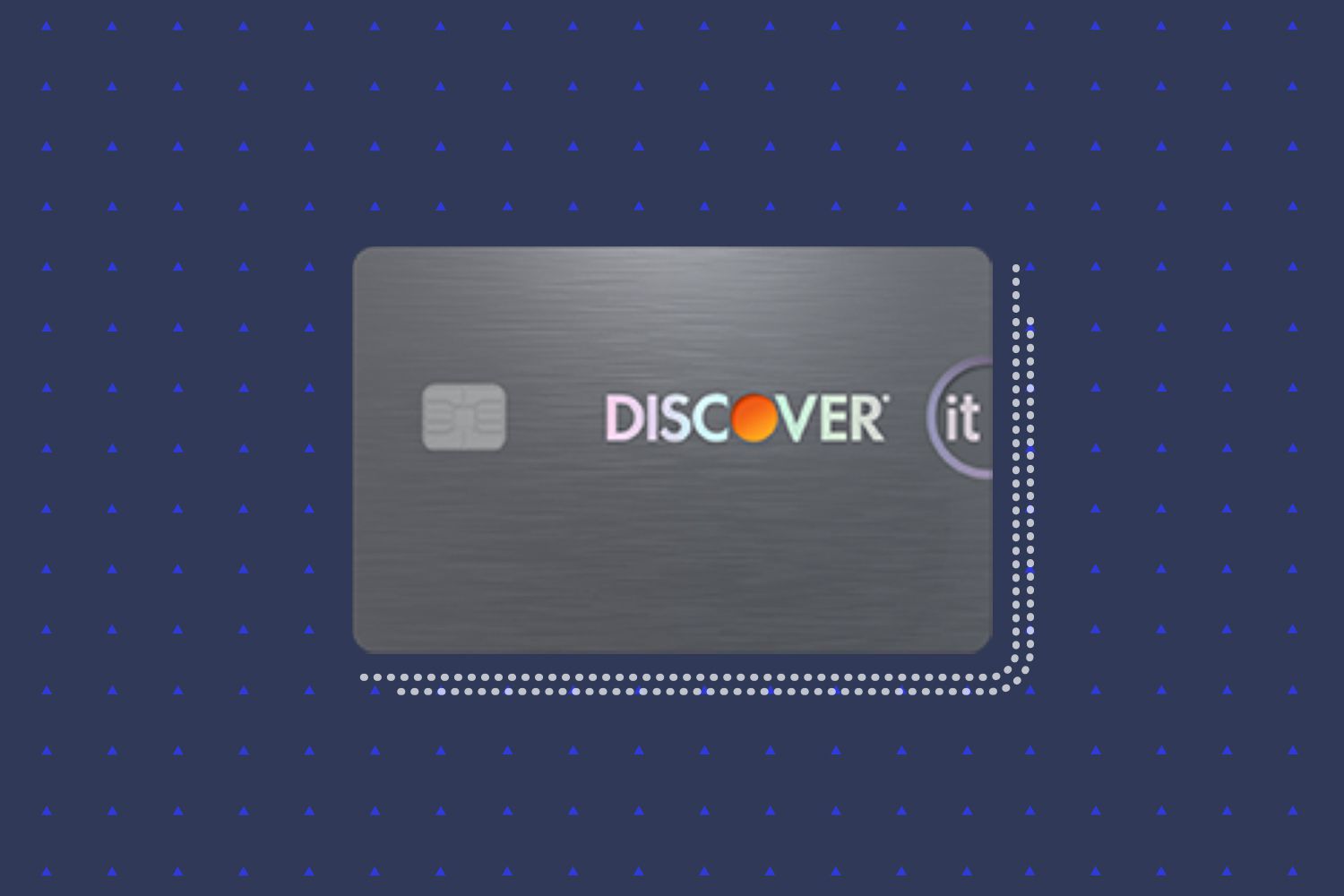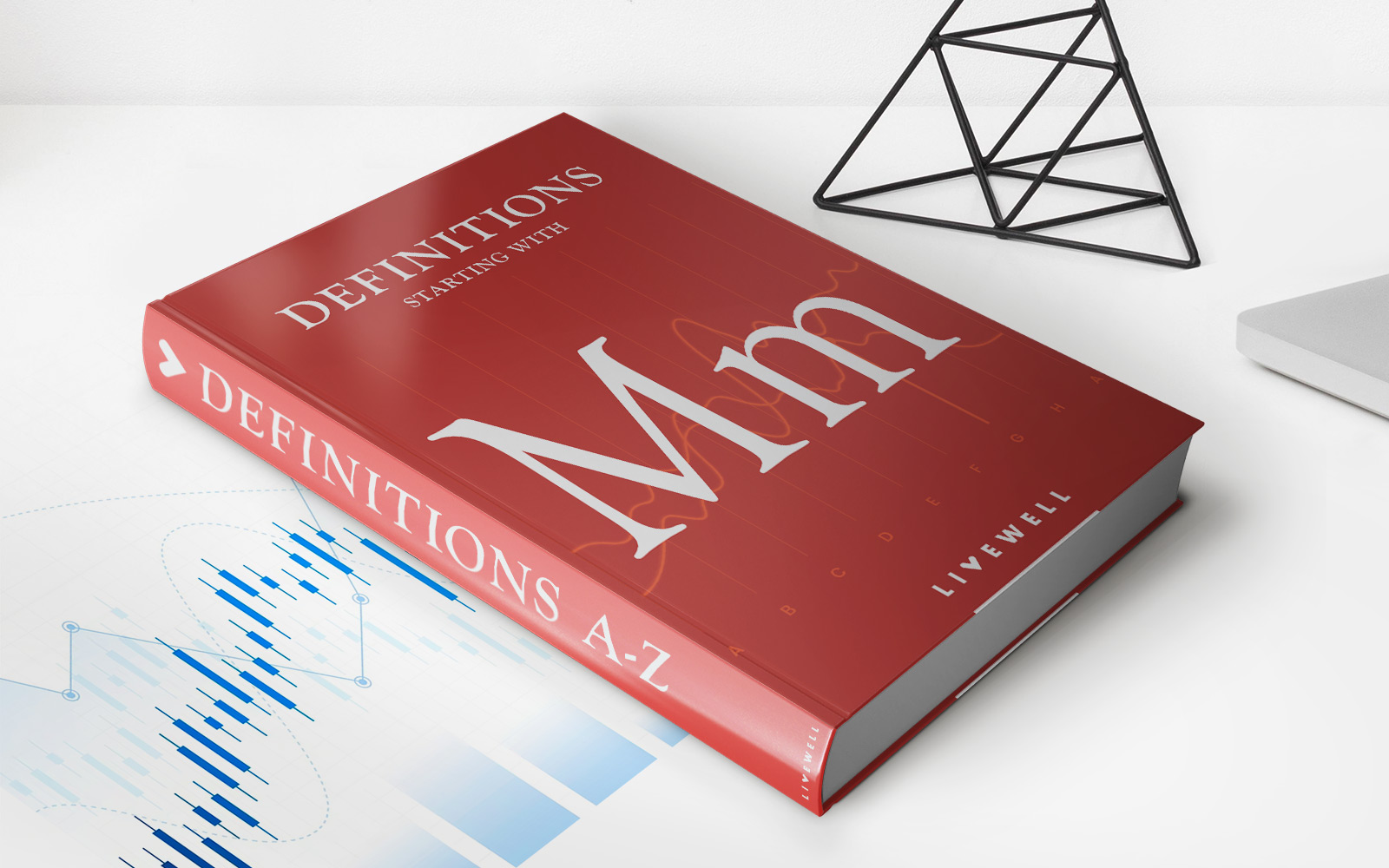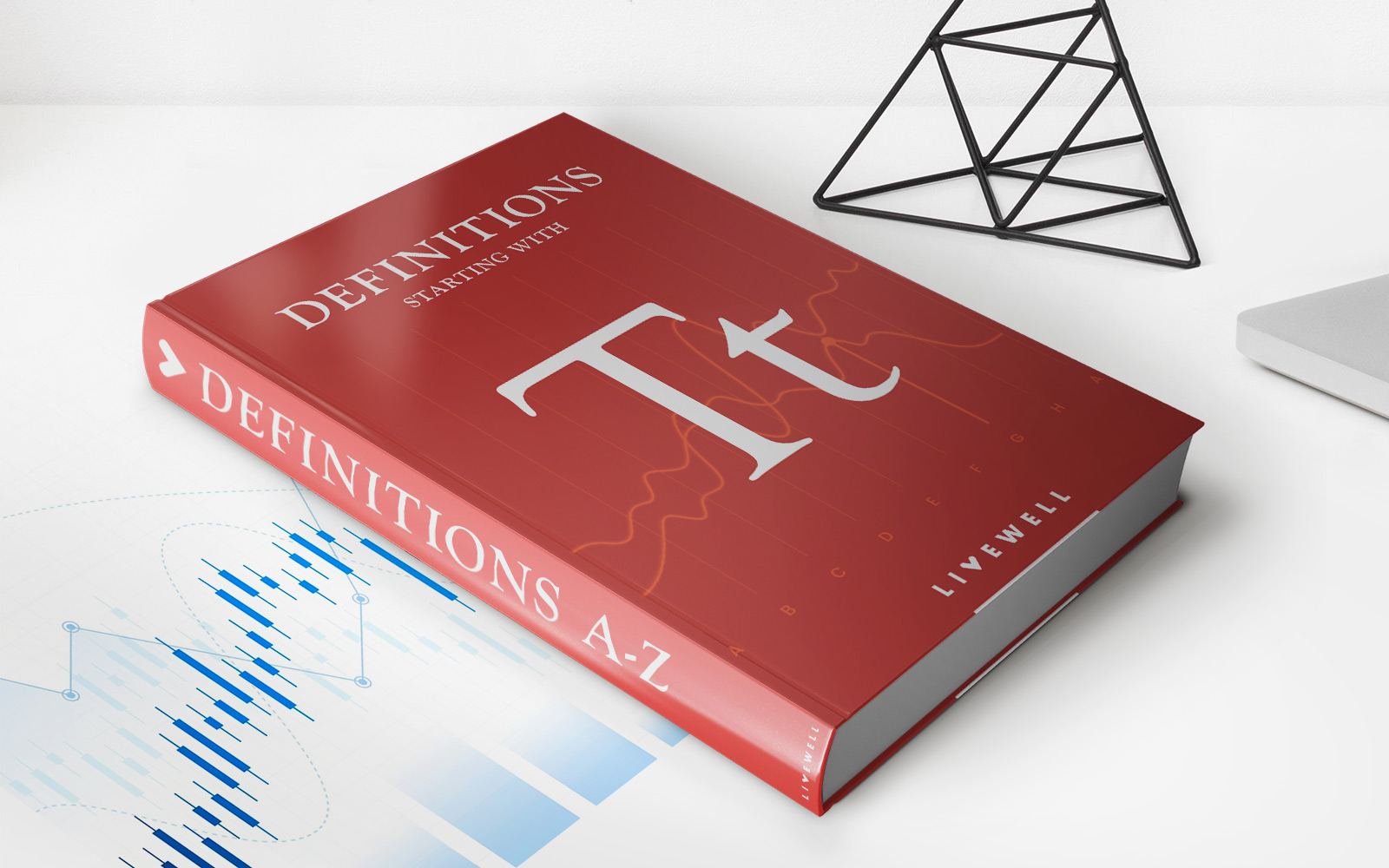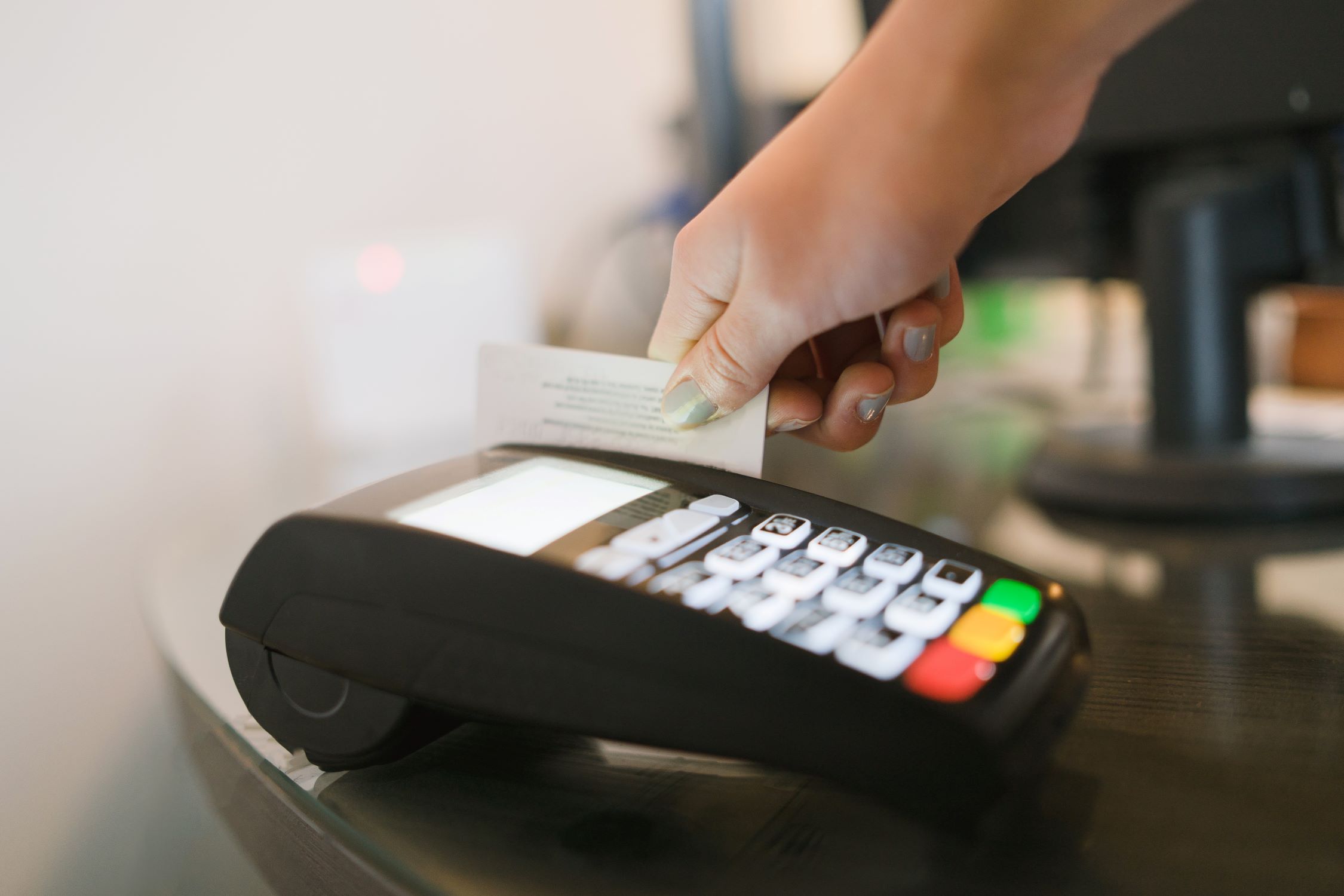

Finance
Which Way To Swipe A Credit Card
Modified: March 1, 2024
Learn the right way to swipe a credit card for optimal finance management. Find out how to make the most out of your credit card transactions and avoid unnecessary fees.
(Many of the links in this article redirect to a specific reviewed product. Your purchase of these products through affiliate links helps to generate commission for LiveWell, at no extra cost. Learn more)
Table of Contents
Introduction
When it comes to making a payment with a credit card, we often take for granted the simple act of swiping or inserting the card into a card reader. But have you ever wondered which way to swipe a credit card or insert it into a chip and pin machine? While it may seem like a trivial matter, the direction in which you swipe or insert your card can actually make a difference in the transaction process.
In this article, we will explore the different types of credit cards and the correct way to swipe or insert them for a successful transaction. We will discuss magnetic stripe cards, chip and pin cards, and contactless payment cards, each with their own unique method of processing payments.
Understanding the proper way to handle your credit card not only ensures a smooth payment experience but also helps to protect your card from potential damage. So, let’s dive in and discover the correct techniques for swiping or inserting your credit card!
Magnetic Stripe Cards
Magnetic stripe cards are the most common type of credit cards. They have a magnetic stripe on the back that contains all the necessary cardholder information, such as the card number, expiration date, and cardholder name. To process a payment with a magnetic stripe card, you need to swipe it through a card reader.
The correct way to swipe a magnetic stripe card is to insert the card into the card reader with the magnetic stripe facing down and towards the card reader. The card should be swiped smoothly and evenly at a moderate speed. Avoid swiping the card too quickly or too slowly, as it may cause errors in reading the card’s information.
It’s important to note that magnetic stripe cards are becoming less prevalent as they are being phased out in favor of more secure payment methods, such as chip and pin cards and contactless payments. However, many establishments still accept magnetic stripe cards, especially in countries where the transition to newer technologies is slower.
It’s worth mentioning that you should always ensure that the magnetic stripe on your credit card is clean and free from any scratches or damage. Any imperfections on the magnetic stripe can affect the card reader’s ability to read the information correctly, leading to payment processing issues.
Now that we understand how to swipe a magnetic stripe card, let’s explore the correct way to use chip and pin cards.
Swiping Direction
When it comes to swiping a credit card, the direction can sometimes be a point of confusion. However, the swiping direction for credit cards with a magnetic stripe is consistent across different card readers and devices. The magnetic stripe should always be swiped facing down and towards the card reader.
Here are a few key tips to keep in mind when swiping a credit card:
- Hold the credit card with the magnetic stripe facing down and towards the card reader.
- Align the card with the card reader so that the magnetic stripe is in contact with the reader’s magnetic head.
- Swipe the card smoothly and steadily through the card reader at a moderate speed.
- Ensure that the entire magnetic stripe passes through the reader without any interruptions or pauses.
- Remove the card from the card reader once the transaction is complete.
It’s essential to follow these steps carefully to ensure a successful payment transaction. Swiping the card in the wrong direction or at an inconsistent speed can cause errors in reading the card’s information, leading to declined transactions or authorization issues.
It’s also worth noting that some card readers may have specific instructions or prompts displayed on the screen, indicating the direction or the position in which the card should be swiped. Always pay attention to these instructions to ensure a seamless payment experience.
While swiping a credit card may seem like a simple task, it’s crucial to do it correctly to avoid any unnecessary complications. By swiping the card in the proper direction, you can ensure a smooth and efficient payment process.
Now that we have covered the swiping direction, let’s move on to discussing chip and pin cards and their insertion process.
Chip and Pin Cards
Chip and pin cards, also known as EMV cards, are a more secure type of credit card that uses an embedded microchip to store cardholder information. These cards require a different process than swiping a magnetic stripe card. Instead of swiping, chip and pin cards are inserted into a card reader or payment terminal for processing.
The correct way to use a chip and pin card is as follows:
- Locate the chip on your credit card. It is a small, metallic square usually located on the front of the card.
- Insert the chip end of your card into the chip reader on the card reader or payment terminal. The chip should be facing up and towards the chip reader.
- Leave the card in the chip reader until the transaction is complete. The card should not be removed prematurely, as it may disrupt the payment process.
- Follow any prompts on the screen, such as entering your pin number, to complete the transaction.
- Once the transaction is complete, remove your card from the chip reader.
It’s important to note that chip and pin cards provide an added layer of security compared to magnetic stripe cards. The microchip generates a unique code for each transaction, making it harder for fraudsters to clone the card information.
When using a chip and pin card, ensure that the chip reader is clean and free from any debris or damage. Any contaminants on the chip reader may hinder the card’s ability to communicate with the terminal, leading to transaction failures.
Now that we understand how to use chip and pin cards, let’s explore the contactless payment method and its unique approach.
Inserting Direction
When it comes to using chip and pin cards, the correct direction for inserting the card into a card reader or payment terminal is crucial for a successful transaction. Proper insertion ensures that the chip and the reader establish a secure connection and can communicate effectively.
Here are the steps to correctly insert a chip and pin card:
- Hold the card with the chip facing up and towards the chip reader.
- Gently insert the card into the chip reader slot, making sure it goes in all the way.
- Leave the card in the reader until the transaction is complete. Avoid removing the card prematurely, as it may disrupt the payment process.
- Follow the prompts on the screen, which may include entering your pin number or selecting the desired transaction type.
- Once the transaction is complete, carefully remove your card from the reader.
It’s important to note that the insertion direction may vary slightly depending on the specific payment terminal or card reader used. Some devices may have a card slot on the top or side, so always pay attention to any instructional labels or on-screen prompts to ensure the correct insertion direction.
It’s worth mentioning that chip and pin cards have greatly enhanced the security of payment transactions by utilizing advanced encryption technology. The embedded chip generates a unique transaction code for each payment, reducing the risk of fraud and unauthorized use of the card.
By following the proper inserting direction for chip and pin cards, you can ensure a smooth and secure payment experience. Now, let’s move on to discussing contactless payment cards and their unique tapping method.
Contactless Payment Cards
Contactless payment cards have gained popularity in recent years due to their convenience and speed. These cards use near field communication (NFC) technology to enable payments by simply tapping or waving the card near a contactless-enabled payment terminal.
The usage of contactless payment cards involves the following steps:
- Look for the contactless symbol on the payment terminal.
- Hold your contactless payment card near the contactless symbol on the terminal, within a few inches or centimeters.
- Wait for a second or two until the transaction is processed. A beep or visual indication on the terminal confirms a successful transaction.
- For additional security, some transactions may require you to enter your pin for verification, depending on the amount or the card issuer’s policies.
Contactless payment cards are designed to make transactions quicker and more convenient. They are especially useful for small purchases, such as grabbing a cup of coffee or paying for public transportation.
It’s important to note that contactless payment technology is continuously evolving, allowing for new and innovative ways to make payments. This includes mobile payment options and wearable devices that utilize contactless technology for seamless transactions.
When using contactless payment cards, ensure that your card is not in close proximity to other contactless cards or devices, as they might interfere with the payment process. Additionally, it’s essential to keep your contactless payment card secure by regularly monitoring your transactions and reporting any suspicious activity to your card issuer.
Contactless payment offers a convenient and quick way to make payments without the need to carry physical cash or swipe/insert cards. As this technology continues to grow and evolve, it is expected to become even more widely accepted in the future.
Now that we have explored the different types of payment cards and their respective usage methods, let’s conclude our discussion.
Tap and Go Direction
With contactless payment cards, commonly referred to as “tap and go” cards, the direction and technique for making a payment are slightly different compared to other card types. Instead of swiping or inserting the card, tap and go cards rely on near-field communication (NFC) technology to process transactions quickly and conveniently.
To use a tap and go card, follow these simple steps:
- Locate the contactless symbol on the payment terminal or card reader.
- Hold your tap and go card near the contactless symbol on the terminal, usually within an inch or centimeter.
- Wait for a brief moment until the transaction is processed. A beep or visual indication on the terminal confirms a successful payment.
- For added security, some transactions may require a PIN entry or a verification method, depending on the card issuer’s policies.
Unlike chip and pin cards, you don’t need to insert the tap and go card or wait for it to be recognized by the terminal. Simply hover or tap the card against the payment terminal to complete the transaction swiftly.
It’s essential to note that tap and go payments have certain transaction limits set by the card issuer or the merchant. These limits are in place to prevent unauthorized or fraudulent use of the card. If the transaction amount exceeds the limit, you may be required to use the chip and pin functionality or insert the card instead.
When using tap and go cards, it’s important to keep your card secure and protect it from unauthorized access. Ensure that you monitor your transactions regularly and report any suspicious charges or lost/stolen cards to your card issuer immediately.
Contactless payment technology continues to evolve, providing an effortless and convenient way to make payments. As more merchants and businesses adopt this technology, tap and go cards are becoming increasingly prevalent in our daily lives.
Now that we are familiar with the direction and technique for tap and go payments, let’s conclude our discussion on credit card usage.
Conclusion
Properly swiping or inserting your credit card may seem like a small detail, but it can make a big difference in ensuring a successful payment transaction. By understanding the correct techniques for different types of credit cards, you can avoid payment errors, decrease the chances of card damage, and protect yourself from potential fraud.
For magnetic stripe cards, remember to swipe the card with the magnetic stripe facing down and towards the card reader. Keep a moderate and steady speed to ensure accurate reading of the card’s information. Although less common today, magnetic stripe cards are still widely accepted in certain regions.
With chip and pin cards, inserting the card into the reader is the key. Ensure the chip is facing up and towards the chip reader. Follow any on-screen prompts and leave the card in the reader until the transaction is complete. Chip and pin cards provide enhanced security with unique transaction codes for each payment.
Contactless payment cards enable a “tap and go” method for quick and convenient transactions. Simply hold the card near the contactless symbol on the payment terminal and wait for the transaction confirmation. Remember to monitor your card’s security and be mindful of transaction limits.
As technology advances, payment methods continue to evolve. It’s important to stay informed about new payment technologies and security measures to ensure a seamless and secure payment experience.
Whether it’s swiping, inserting, or tapping, following the correct direction and technique for your credit card can help streamline your payment process and make your transactions hassle-free. By understanding and implementing these methods, you can navigate the world of credit card payments with ease and confidence.
Remember to always safeguard your credit card information, monitor your transactions regularly, and report any issues or concerns to your card issuer. With proper knowledge and responsible card usage, you can make the most out of your credit cards while keeping your finances secure.
